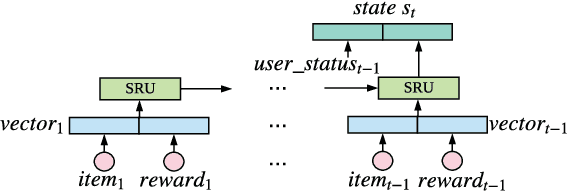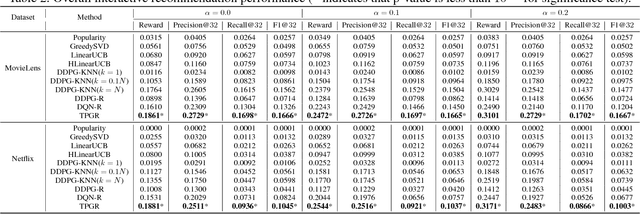Xuejian Wang
Combining Machine Learning Models using combo Library
Sep 21, 2019
Abstract:Model combination, often regarded as a key sub-field of ensemble learning, has been widely used in both academic research and industry applications. To facilitate this process, we propose and implement an easy-to-use Python toolkit, combo, to aggregate models and scores under various scenarios, including classification, clustering, and anomaly detection. In a nutshell, combo provides a unified and consistent way to combine the learning models from popular machine learning libraries, e.g., scikit-learn, XGBoost, and LightGBM. With accessibility and robustness in mind, combo is designed with detailed documentation, interactive examples, continuous integration, code coverage, and maintainability check; it can be installed easily through Python Package Index (PyPI) or https://github.com/yzhao062/combo.
Continual Rare-Class Recognition with Emerging Novel Subclasses
Jun 28, 2019



Abstract:Given a labeled dataset that contains a rare (or minority) class of of-interest instances, as well as a large class of instances that are not of interest, how can we learn to recognize future of-interest instances over a continuous stream? We introduce RaRecognize, which (i) estimates a general decision boundary between the rare and the majority class, (ii) learns to recognize individual rare subclasses that exist within the training data, as well as (iii) flags instances from previously unseen rare subclasses as newly emerging. The learner in (i) is general in the sense that by construction it is dissimilar to the specialized learners in (ii), thus distinguishes minority from the majority without overly tuning to what is seen in the training data. Thanks to this generality, RaRecognize ignores all future instances that it labels as majority and recognizes the recurrent as well as emerging rare subclasses only. This saves effort at test time as well as ensures that the model size grows moderately over time as it only maintains specialized minority learners. Through extensive experiments, we show that RaRecognize outperforms state-of-the art baselines on three real-world datasets that contain corporate-risk and disaster documents as rare classes.
Large-scale Interactive Recommendation with Tree-structured Policy Gradient
Nov 14, 2018



Abstract:Reinforcement learning (RL) has recently been introduced to interactive recommender systems (IRS) because of its nature of learning from dynamic interactions and planning for long-run performance. As IRS is always with thousands of items to recommend (i.e., thousands of actions), most existing RL-based methods, however, fail to handle such a large discrete action space problem and thus become inefficient. The existing work that tries to deal with the large discrete action space problem by utilizing the deep deterministic policy gradient framework suffers from the inconsistency between the continuous action representation (the output of the actor network) and the real discrete action. To avoid such inconsistency and achieve high efficiency and recommendation effectiveness, in this paper, we propose a Tree-structured Policy Gradient Recommendation (TPGR) framework, where a balanced hierarchical clustering tree is built over the items and picking an item is formulated as seeking a path from the root to a certain leaf of the tree. Extensive experiments on carefully-designed environments based on two real-world datasets demonstrate that our model provides superior recommendation performance and significant efficiency improvement over state-of-the-art methods.
 Add to Chrome
Add to Chrome Add to Firefox
Add to Firefox Add to Edge
Add to Edge